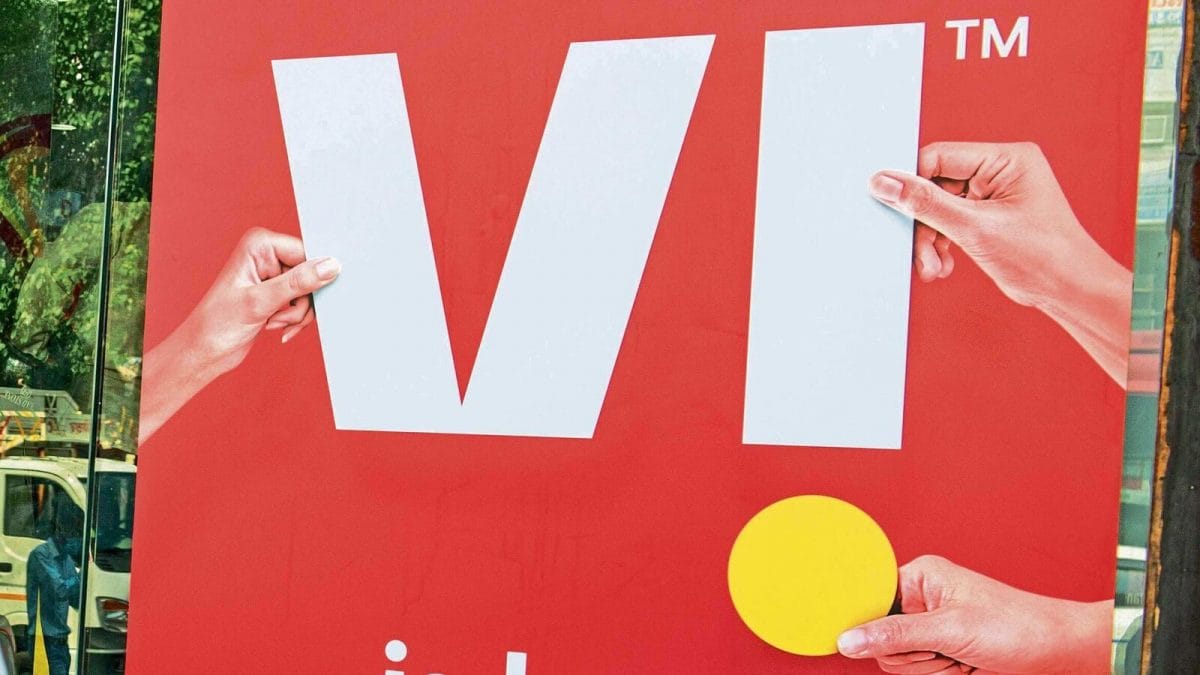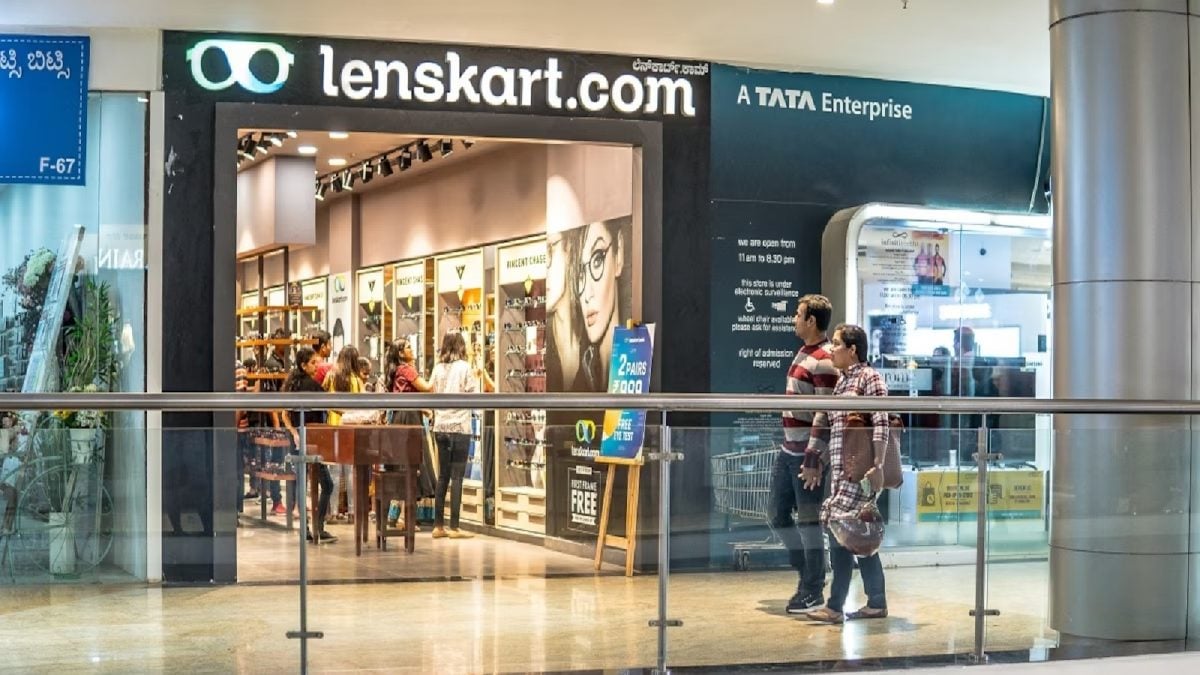Last Updated:
ICRA Analytics reports 65.30 percent retail investors used Non-Associate Distributors, while 27.37 percent invested directly.

Retail Investors Prefer Distributor Route; Direct Investments at 27.37%: ICRA Analytics
Approximately 27.37% of retail investors opted for direct investments, while 65.30% of retail investors came through the route of Non-Associate Distributors as of September 30, according to ICRA Analytics. Additionally, 47.70% of the mutual fund industry’s assets were invested directly and 45.96% came from Non-Associate Distributors, ICRA Analytics added.
Direct investment refers to investment directly with the mutual fund company (AMC), where there is no commissions or intermediary fees, making the expense ratio (cost of managing the fund) lower.
Data from AMFI showed that 19% of the assets of the mutual fund industry came from B30 locations in Sep 2025. Assets from B30 locations increased from Rs 14.14 trillion in Aug 25 to Rs 14.50 trillion in Sep 25, representing growth of 2.6%. B30 means Beyond Top 30 cities, including all other smaller towns and cities outside those top 30 (T30) cities.
Assets from T30 locations also grew 14% on a yearly basis in Sep 2025.
B30 location continued to tend towards equity assets. “Nearly 76.60% of the assets from B30 locations are in equity schemes and 9.12% in balanced schemes in Sep 2025,” ICRA Analytics added.
Close to 11.67% of the assets from B30 location are in debt-oriented schemes, while the same from T30 location accounts for 30.39%.
Nearly 28.90% of High Net Worth Individual (HNI) assets were directly invested.
ICRA Analytics earlier said that domestic equity markets rose following robust macroeconomic indicators, as India’s economy expanded by 7.8% YoY in Q1 FY26, marking the strongest growth in five quarters, while the Services PMI surged to 62.9 in Aug 2025. its highest level in over 15 years, driven by a sharp rise in new orders and resilient demand.
Sentiment was further boosted as the GST Council simplified the existing four tax slabs (5%, 12%, 18%, 28%) into a two-rate structure of 5% & 18% and proposed a special 40% slab for select luxury items such as high-end cars, tobacco, and cigarettes. Gains extended after the U.S. Federal Reserve delivered its first rate cut of the year in Sep 2025, citing recent weakness in the labor market. However, overall gains were capped amid lingering uncertainty over India–U.S. trade negotiations and continued foreign institutional investor outflows from domestic equities.

Varun Yadav is a Sub Editor at News18 Business Digital. He writes articles on markets, personal finance, technology, and more. He completed his post-graduation diploma in English Journalism from the Indian Inst…Read More
Varun Yadav is a Sub Editor at News18 Business Digital. He writes articles on markets, personal finance, technology, and more. He completed his post-graduation diploma in English Journalism from the Indian Inst… Read More
October 24, 2025, 18:16 IST
Read More






